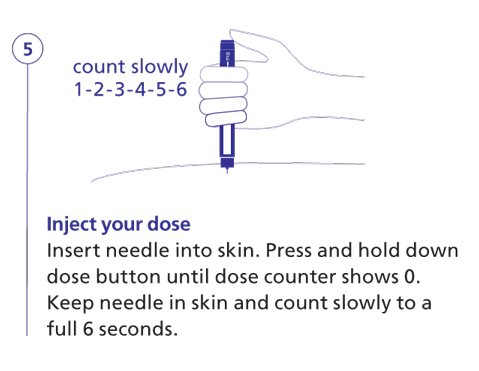
Saxenda has become a go-to solution for individuals looking to manage their weight effectively. But how to use Saxenda correctly is a crucial step to achieving desired results while minimizing potential side effects. In this guide, we’ll walk you through everything you need to know about Saxenda, from what it is to the best practices for its use. Let’s dive in!
What is Saxenda?
Overview of Saxenda
Saxenda, a brand of liraglutide, is a prescription medication used for weight management in individuals with obesity or weight-related health conditions. Its unique ability to control appetite makes it a popular choice among healthcare providers.
How Saxenda Works
This medication mimics a natural hormone called GLP-1, which influences appetite and calorie intake. By enhancing the feeling of fullness and reducing hunger, Saxenda helps users eat less and lose weight. However, it’s most effective when paired with a healthy diet and regular exercise.
Who Can Use Saxenda?
Eligibility Criteria
Saxenda is recommended for adults with:
- A BMI of 30 or higher (classified as obese)
- A BMI of 27 or higher with at least one weight-related condition, such as type 2 diabetes or hypertension.
Who Should Avoid Saxenda?
Avoid using Saxenda if you:
- Are pregnant, breastfeeding, or planning to become pregnant
- Have a personal or family history of medullary thyroid cancer
- Suffer from severe gastrointestinal problems
Discuss your health history with your doctor to ensure Saxenda is safe for you.
How to Get Started with Saxenda
Prescription Requirements
To begin Saxenda, you need a prescription from your healthcare provider. A detailed medical evaluation ensures the treatment is tailored to your weight management goals.
Dosage Guidelines
Starting small and building gradually helps minimize side effects. The recommended dosing schedule typically starts at 0.6 mg daily, increasing weekly until the full dose of 3 mg per day is reached.
Administering Saxenda
Preparing for Injection
Self-administering Saxenda might seem daunting, but it’s straightforward with practice. Here’s what you’ll need:
- A Saxenda pen
- A clean work area
- Alcohol wipes
- A sharps disposal container
Steps to follow:
- Check the medication for clarity.
- Attach a new needle to the pen.
- Dial your prescribed dose.
Best Practices for Injection
Inject Saxenda subcutaneously (under the skin) in areas like the stomach, upper arm, or thigh. Rotate injection sites daily to avoid irritation. Hold the pen steady during injection and dispose of the needle safely.
Storing Saxenda
Store unused Saxenda pens in the refrigerator, but never let them freeze. After opening, they can be kept at room temperature for up to 30 days. Always check the expiration date before use.
Common Side Effects
Mild Side Effects
During the initial weeks, users may experience:
- Nausea
- Vomiting
- Fatigue
These symptoms usually improve as the body adapts to the medication.
Serious Side Effects
Rare but serious risks include:
- Pancreatitis (severe abdominal pain)
- Low blood sugar levels, especially for diabetic patients
Contact a healthcare professional if you notice persistent or worsening symptoms.
Tips for Effective Use
Pairing with a Healthy Lifestyle
The effectiveness of Saxenda relies heavily on combining it with a healthy lifestyle. Focus on balanced meals, regular exercise, and stress management.
Tracking Progress
Set realistic goals and monitor your progress. Use a journal or weight management app to record your injections, meals, and physical activities. Regular check-ins with your doctor can help refine your treatment plan.
When to Consult a Doctor
Recognizing Red Flags
Seek immediate medical advice if you experience severe side effects like persistent vomiting, intense abdominal pain, or rapid heartbeat.
Regular Check-ins
Stay in touch with your healthcare provider throughout your Saxenda journey. They’ll monitor your progress and adjust the treatment as needed.
Conclusion
Understanding how to use Saxenda effectively is vital for achieving sustainable weight loss and maintaining good health. By following proper guidelines, combining the treatment with a healthy lifestyle, and staying in regular communication with your doctor, you can maximize its benefits. Saxenda is a powerful tool, but like any tool, it works best when used correctly and consistently. Start your journey today, and take the first step toward a healthier you!
